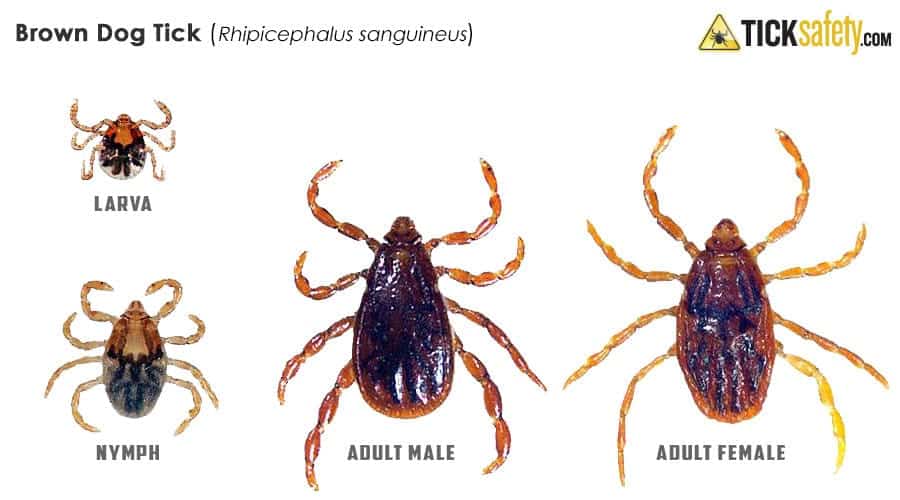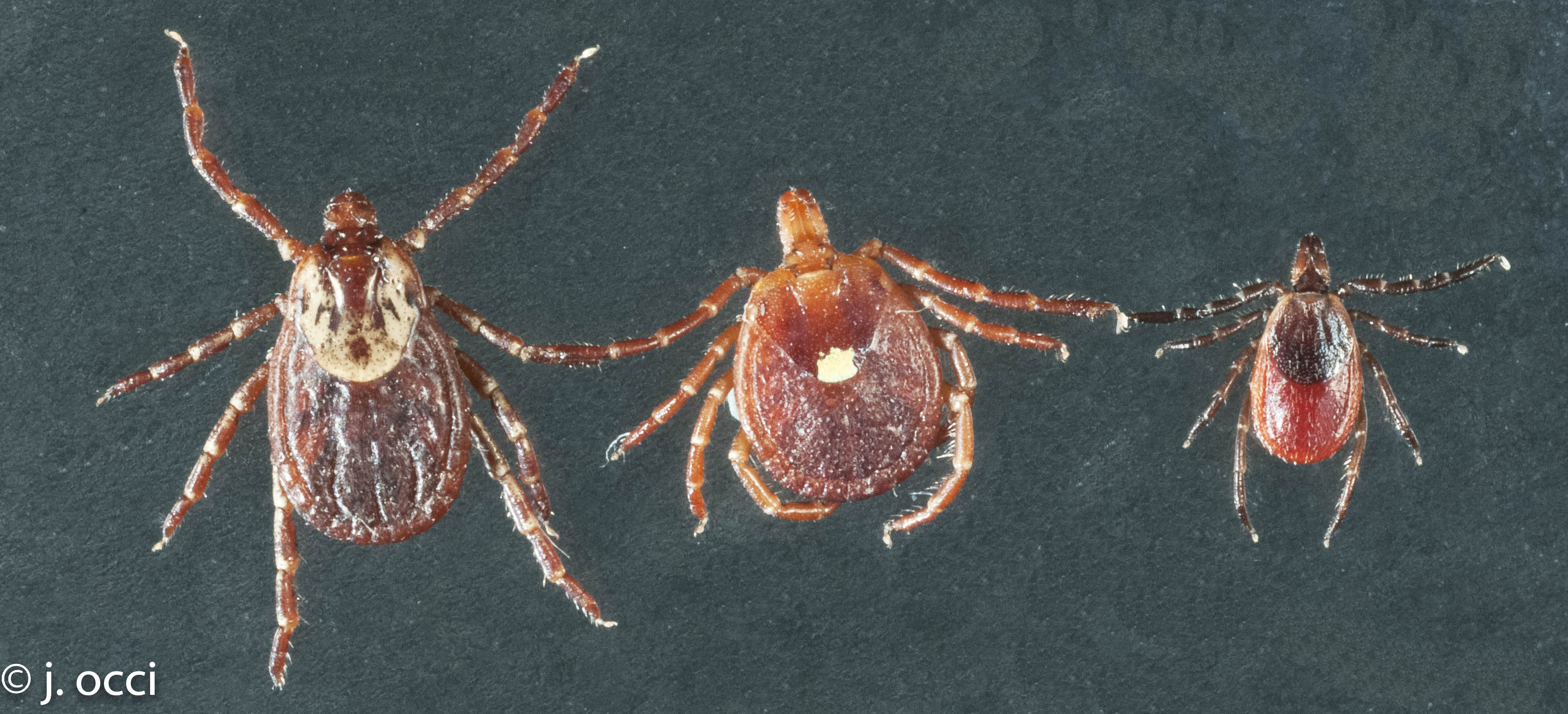
This tick can transmit Rocky Mountain Spotted fever and Tularemia, but is not normally associated with Lyme disease. The American Dog Tick (Dermacentor variabilis) is also a common tick in Canada, and can be found from Saskatchewan east to the Atlantic Provinces. Newer research is now associating a Lone Star Tick bite to a mammalian meat allergy. The rash may be accompanied by flu-like symptoms, and this condition has been named “Southern Tick-Associated Rash Illness” (STARI). In addition, victims bitten by the Lone Star Tick will occasionally develop a circular rash, similar to the rash of early Lyme disease. So if bitten by this tick, it’s still very important to be treated immediately.Īlthough the Lone Star Tick (Amblyomma americanum) has been shown to transmit Lyme borreliosis ( Borrelia americana and Borrelia andersonii), it can transmit other infections such as Ehrlichia and Tularemia. View top and bottom aspect of tick.Īlthough this tick’s ability to transmit Lyme disease has been debated, recent lab experiments have demonstrated that it can transmit Borrelia burgdorferi and B. As its Latin name suggests, this tick is found mainly on the Pacific coast. The Western black-legged tick (Ixodes pacificus) is the second most common Borrelia-carrying tick in Canada. However, with rare exceptions, most tick species willingly suck blood from almost any animal they encounter The official common name for a tick often suggests that it parasitizes a specific animal host (‘deer tick’, ‘dog tick’, ‘cattle tick’, etc). Please visit the U of A’s website for additional information and more detailed image galleries. Please note: All tick images found on this website were kindly provided by the University of Alberta, and are reproduced here with permission. Common ticks in Canadaīelow is a quick guide to some of the most common ticks in Canada. In Canada, we have approximately 40 species of tick, but fortunately for us humans, only a few of them can transmit Lyme disease. They can survive years without a blood meal.Although commonly found in wooded areas, ticks can be found pretty anywhere because they are carried by the birds and other animals they feed on.

Ticks have no true head but do have well developed mouthparts that include a barbed beak through which blood is taken.

Females are capable of tremendous feedings, and can grow over ten times their normal size when gorged with blood. Both types are small, but can range up to ½ inch in size. In the event ticks become a nuisance our Tick Prevention Service will help in reducing their numbers.Īppearance: There are basically two types of ticks, those with soft bodies and those with hard bodies. Ticks find their hosts/prey by hanging on to a blade of grass or leaf, with their hind legs and holding their front legs up waving in the air, waiting for something or someone to brush by so they can grab on. They can sense a host’s presence over long distances and even select their hunting ground based on their ability to identify well-traveled paths. Their sensory organs are complex and they can detect small amounts of gases, such as carbon dioxide, as a way to locate a host. They are slow moving and have an amazing ability to locate hosts. Ticks are a part of the arachnid family, which includes spiders, scorpions and mites.


 0 kommentar(er)
0 kommentar(er)
